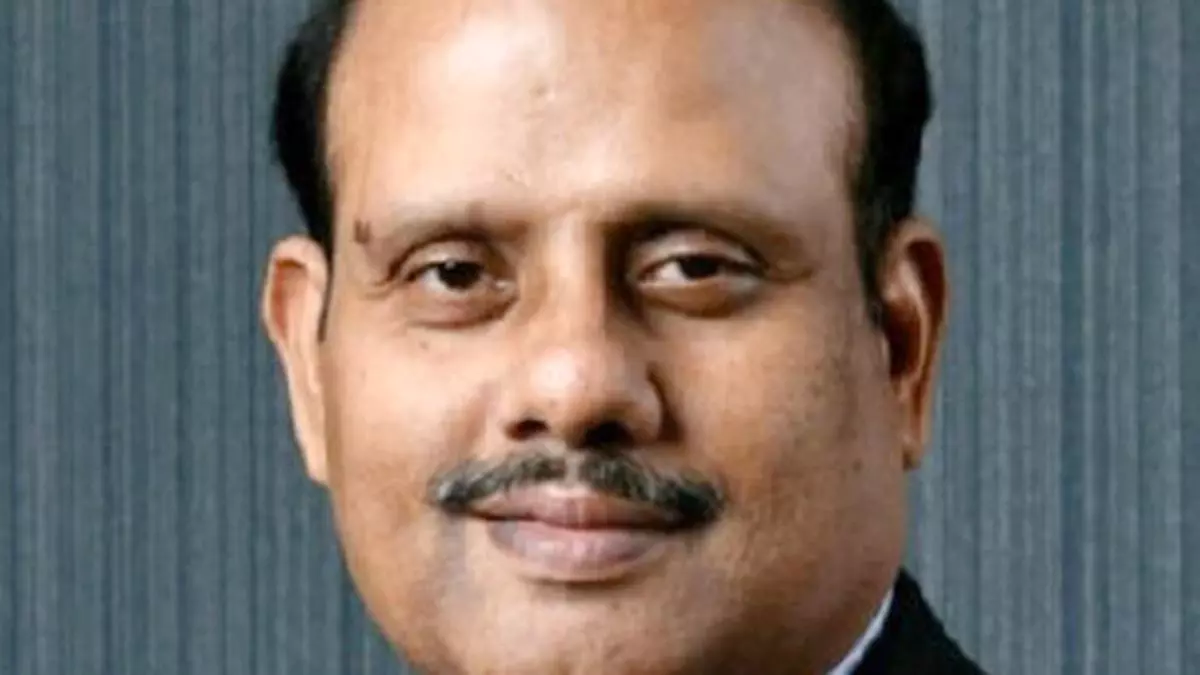Traditional risks in financial sector now have new and faster drivers: RBI Dy Guv Swaminathan
Traditional risks, like credit and liquidity risks, in the financial sector now have new and faster drivers, said RBI Deputy Governor Swaminathan J even as he cautioned that bank runs that once unfolded over days, giving regulators time to respond, can now occur within hours due to the speed of internet and mobile banking.
“The increasing reliance on technology also introduces vulnerabilities, such as dependence on third-party service providers and heightened cybersecurity threats, all while customers expect uninterrupted services. Additionally, we face emerging risks, such as climate risk,” Swaminathan said at the RBI@90 High Level Conference on “Central banking at Cross Roads” in New Delhi.
He emphasised the need to build resilience to maintain financial stability.
However, resilience is a balancing act — too much emphasis on safeguarding can stifle innovation and growth, while too little can expose the system to significant vulnerabilities.
“Finding that right balance so that we can have a robust financial system that can weather crises without constraining economic progress is one of the key challenges today,” the Deputy Governor said.
Central banks as wicketkeepers
“Indeed, Central banks are much like wicketkeepers in cricket or goalkeepers in football — often unnoticed in success but always in the spotlight during failure. When everything works seamlessly, their efforts remain behind the scenes, often taken for granted. However, when a crisis occurs, they are asked as to how they could allow the ball to slip through their fingers!” Swaminathan said.
In addition, Central bankers are also tasked with preventing further damage and restoring stability quickly.
“Let me offer an analogy: imagine a person teetering on the edge of a cliff, seemingly about to fall, only to be pulled back just in time by a watchful observer. When Central banks intervene to prevent a potential crisis, those they protect may claim they didn’t need saving at all,” he said and added that this highlights a common paradox — while regulators work tirelessly to maintain stability and avert disasters, their successes often go unnoticed, and their actions are sometimes viewed as unnecessary, intrusive or excessive by those unaware of the risks.
“Yet it is precisely this proactive oversight that ensures the safety and soundness of the financial system, allowing it to function smoothly even in times of uncertainty,” he said.
Swaminathan noted that over the years, the role of Central banks has significantly evolved. Initially seen as the lender of last resort, today, Central banks are equipped with a broad range of tools — regulatory, supervisory, and monetary — to ensure the stability of the financial system.
Coordinated approach
He said, “In some countries, Central banks do not have supervisory roles, with the supervision being carried out by a separate agency, but a coordinated approach is essential. Governments, Central banks, financial regulators, and the industry must all work together to ensure appropriate and timely action to safeguard financial stability.”
The Deputy Governor said the RBI aims to establish a global model of risk-focused supervision by fostering a strong risk discovery and compliance culture, building a “through-the-cycle” risk assessment framework.
RBI is working to create a comprehensive data analytics ecosystem to support its supervisory functions.
